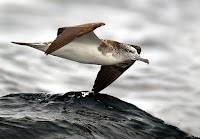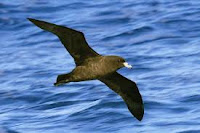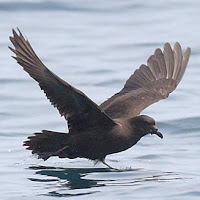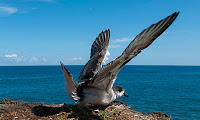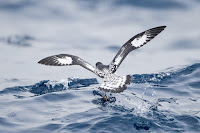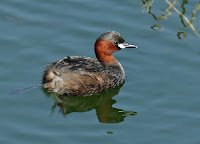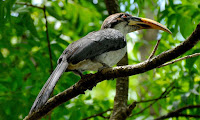 Wedge-tailed Shearwater
Wedge-tailed ShearwaterScientific name: Puffinus pacificus
Higher classification: Puffinus
Kingdom: Animalia
Phylum: Chordata
Class: Aves
Order: Procellariiformes
Family: Procellariidae
Genus: Puffinus
Species: P. pacificus
The wedge-tailed shearwater is a medium-large shearwater in the
seabird family Procellariidae. It is one of the shearwater species that
is sometimes referred to as a muttonbird, like the sooty shearwater of Australia. It ranges across from throughout the tropical Pacific and Indian Ocean roughly between latitudes 35°N and 35°S. It breeds on islands off of Japan, on the Islas Revillagigedo, the Hawaiian Islands, the Seychelles and off Eastern and Western Australia. Wedge-tailed Shearwater is migrant or vagrant birds in Sri Lanka.


